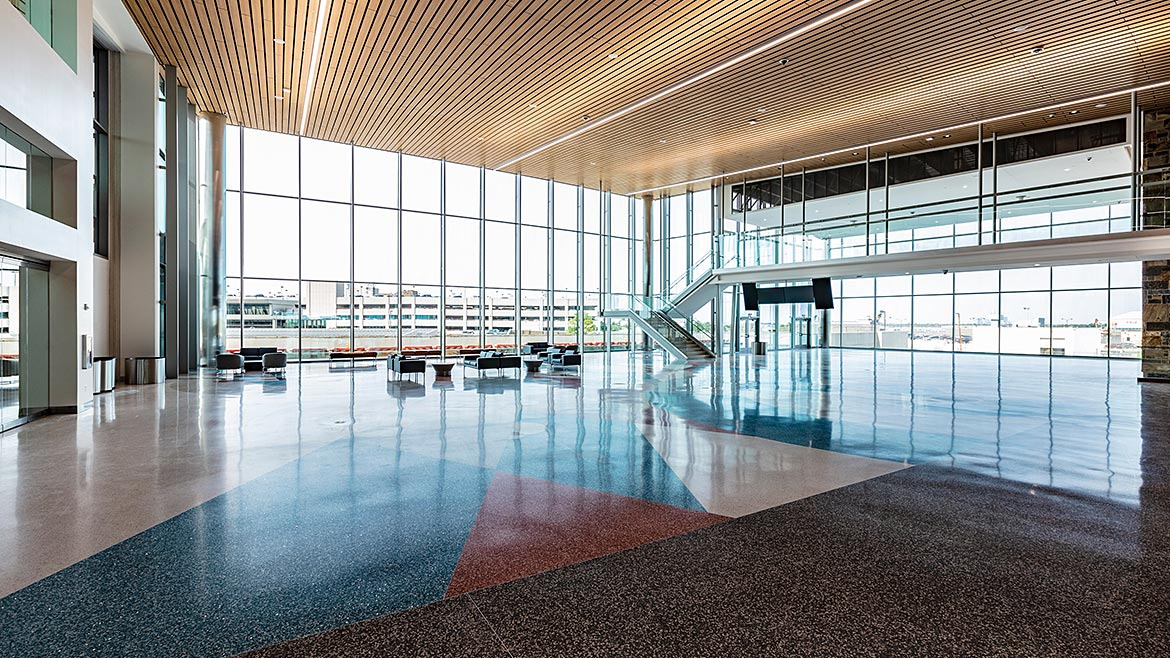
Why Are Aluminum Curtain Walls Revolutionizing Modern Architectural Design?
In recent years, many modern buildings have shifted from heavy wall structures to lighter, more efficient alternatives. One major change is the use of aluminum curtain walls. These systems are now seen in commercial buildings, offices, shopping centers, and even residential towers. But why are so many architects choosing this material and design?
Let us look at how aluminum curtain walls are changing the way buildings are constructed and how they offer advantages in both design and function.
Why Do Architects Prefer Aluminum?
Aluminum is lightweight, strong, and easy to shape. It allows more freedom in design without adding extra weight to the structure. Unlike steel, aluminum does not rust. This makes it ideal for outer walls exposed to sun and rain.
For architects, this means they can design tall, glass-heavy buildings without worrying about long-term damage or heavy loads on the foundation. Aluminum also supports larger glass panels, which allows for more natural light and a cleaner look.
How Do Curtain Walls Improve Building Performance?
Besides looks, curtain walls help control the indoor environment. They reduce air leakage, block water, and resist outside noise. Many systems include insulation or double-glazed glass, which improves energy efficiency.
Buildings with well-made curtain walls can reduce heating and cooling costs. The material reflects heat in summer and traps warmth in winter. This keeps the indoor space comfortable while cutting down on energy bills.
In carpinteria aluminio Valencia, builders often use curtain walls for offices, malls, and showrooms due to these performance benefits.
Is It Easy to Maintain?
Yes. Aluminum curtain walls require very little upkeep. They do not rot, crack, or swell like wood. Cleaning the glass and checking the seals is usually enough to keep the system in good condition.
This low maintenance makes curtain walls a good choice for tall buildings where access is limited. It also saves money in the long run, since fewer repairs and replacements are needed.
Are There Design Limits with Curtain Walls?
Not really. Aluminum can be shaped into various profiles and combined with glass, panels, or other materials. Architects can create flat, curved, or angled surfaces without much difficulty.
Color options are also wide. Aluminum frames can be painted or anodized to match the design. This flexibility helps builders match the wall with the rest of the structure and achieve the exact look they want.
Conclusion
Aluminum curtain walls offer a strong mix of visual appeal, energy efficiency, and low maintenance. They allow more natural light, improve thermal performance, and give architects more control over building design. Because of this, they have become a key part of modern construction. For builders and designers looking for a smart, long-lasting solution, aluminum curtain walls are proving to be a practical and forward-thinking choice.
Post a comment